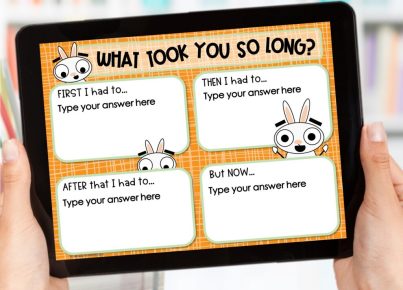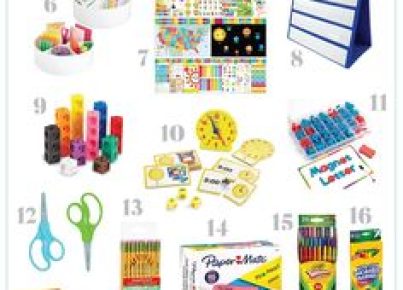Introduction:
Online read-alouds are a fantastic resource for distance learning, as they help students engage with the content and build communication skills. Teachers can utilize these tools to add variety and richness to their remote lessons while maintaining a sense of connection. Here are some practical tips for using online read-alouds during distance learning.
1. Choose Engaging Material:
Select books, articles, or passages that capture the interest of your students. Consider their age, reading level, and cultural background when making a choice. Diverse and culturally relevant materials will help students connect with the content and make learning more enjoyable.
2. Adjust Your Pacing:
Keep the pace of your read-aloud session appropriate for your audience. Younger children require a slower pace with frequent pauses, while older students may appreciate an engaging and lively reading style. Don’t be afraid to use different tones and expressions – this can make a significant impact on capturing your students’ attention.
3. Incorporate Visuals:
Make use of multimedia elements like video clips, images, or slides to supplement your read-aloud sessions. Providing visual aids helps maintain student engagement and aids in comprehension, especially for those who are visual learners.
4. Implement Comprehension Strategies:
To encourage critical thinking and comprehension skills, pause every few pages or paragraphs to ask open-ended questions or promote discussions related to the content. Encourage students to draw connections between the read-aloud material and their own life experiences.
5. Record Your Sessions:
Record your read-aloud sessions so students can access them at any time. This offers flexibility for those who missed the session or may need extra time to review the material at their own pace.
6. Involve Parents/Guardians:
When appropriate, share book titles or read-aloud links with parents/guardians as part of supporting collaborative learning efforts beyond school hours. This will encourage families to engage in literacy activities and reinforce learning from the read-aloud sessions.
7. Give Students the Opportunity to Select:
Empower students by allowing them some freedom in selecting the material they would like to hear/read. Providing options will allow students to take ownership of their learning and promote enthusiasm about reading.
8. Use Online Resources:
Many websites provide free read-aloud materials such as digital books or audio recordings. You can leverage these resources to save time and effort in preparing for your lessons, while still offering quality content for your students.
Conclusion:
By utilizing these effective tips for online read-alouds, teachers can make distance learning more engaging, enriching, and enjoyable for their students. As a versatile teaching tool, read-alouds offer endless opportunities to adapt and support individual learning needs while promoting strong literacy skills and fostering a love for reading.




